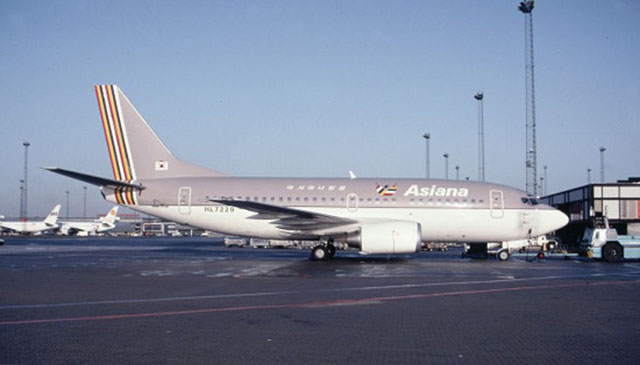After two approaches the pilot attempted a third and flew well below the MDA. At the time there was a lot of speculation as to why an experienced pilot would fail to heed the minimum descent altitude, why the copilot failed to correct him, and why the pilots failed to consider diverting.
— James Albright

Updated:
2013-07-15
Looking at the History of Korean Airline Mishaps, a few trends reveal themselves.
Note: I don't have any primary source material on this accident, though it seems self-explanatory enough.

1
Accident report
- Date: 26 JUL 1993
- Time: 15:48
- Type: Boeing 737-5L9
- Operator: Asiana Airlines
- Registration: HL7229
- Crew: Fatalities: 2 / Occupants: 6
- Passengers: Fatalities: 66 / Occupants: 110
- Total: Fatalities: 68 / Occupants: 116
- Airplane fate: Written off (damaged beyond repair)
- Location: 7 km (4.4 mls) from Mokpo Airport (MPK) (South Korea)
- Phase: Approach (APR)
- Nature: Domestic Scheduled Passenger
- Departure airport: Seoul-Gimpo (Kimpo) International Airport (SEL/RKSS), South Korea
- Destination airport: Mokpo Airport (MPK/RKJM), South Korea
2
Narrative
Asiana Flight 733 departed Seoul (SEL) at 14:37 for a flight to Mokpo (MPK). Weather was reported clear, but worsened fast to below minimums, with strong winds and heavy rain. After two missed approaches the pilot tried a third approach for runway 06.
The aircraft struck a ridge of the Mount Ungeo (1050 feet high) at 800 feet altitude. Mokpo Airport was only equipped with VOR/DME.

